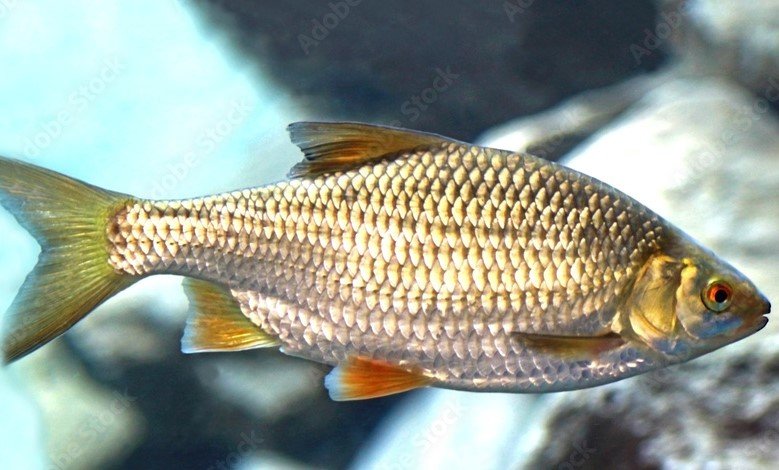Scientists have uncovered a new species of black bass fish in the rivers of eastern Georgia and western South Carolina, marking a key find for biodiversity in the region. Named Bartram’s bass, this gold scaled apex predator was confirmed through recent surveys and DNA analysis, highlighting ongoing threats from invasive species and habitat loss.
The Discovery Journey
Researchers from universities and wildlife agencies launched surveys in 2022 and 2023 to study fish populations in the Savannah and Santee River basins. They caught dozens of black bass specimens that locals had nicknamed for years, but formal science lagged behind due to hybrid issues.
These efforts built on reports from anglers and biologists who spotted unique traits in the fish. DNA tests finally separated them from known species, leading to the official description in a peer reviewed journal on August 19, 2025.
Teams worked in rocky shoal areas where the fish thrive. Their work showed how human actions, like introducing non native bass, complicate identification.
The new species honors William Bartram, an 18th century naturalist who explored these same rivers. This link adds historical depth to the scientific breakthrough.
Traits of the New Species
Bartram’s bass, or Micropterus pucpuggy, grow to about 11 inches long with a robust build. They feature deep red eyes rimmed in gold and light gold scales that give them a striking look.

Photos from the study reveal dark brown blotches on their sides, rosy pink fins, and a mottled belly. These features help them blend into river environments while hunting as top predators.
Inside their mouths, an oval tooth patch aids in catching prey. The fish prefer pools and runs near rocky areas, making them skilled in fast moving waters.
Experts note their role as apex predators keeps river ecosystems balanced. Yet, their small size compared to other bass makes them vulnerable.
Another Related Find
Alongside Bartram’s bass, scientists described a second new species, Micropterus calliurus, in the same study. This one shares similar habitats but shows distinct genetic markers.
Both species stem from the redeye bass group, long suspected to hold hidden diversity. The findings confirm what field observers noted for over two decades.
These bass face risks from Alabama bass, an invasive type that hybridizes with natives. Such mixing dilutes pure populations and threatens survival.
Conservation plans now focus on these new species to protect regional biodiversity.
Threats and Conservation Needs
Human activities pose major dangers to Bartram’s bass. Dams, pollution, and land development degrade river habitats where they live.
Invasive species like Alabama bass, introduced for sport fishing, breed with natives and create hybrids. This genetic blending reduces pure populations over time.
Studies show hybridization rates rising in affected rivers. Without action, these unique fish could vanish within decades.
Wildlife officials urge habitat protection and limits on non native fish stocking. Public awareness helps too, as anglers report sightings.
- Key threats include habitat loss from urban growth and water pollution.
- Invasive Alabama bass lead to hybridization, weakening native genes.
- Climate change alters river flows, stressing fish populations.
Historical and Cultural Ties
The name Bartram’s bass nods to William Bartram’s 1770s travels through Georgia and South Carolina. His writings described local wildlife, inspiring modern scientists.
The scientific name pucpuggy draws from Seminole Creek language, meaning flower hunter, a title given to Bartram. This honors indigenous heritage in the region.
Anglers have prized these bass for their fighting spirit in streams. Fly fishing stories from the Chattooga River highlight their appeal.
Recent events, like similar invasive fish alerts in 2019, show ongoing battles to protect native species. Georgia’s snakehead fish invasion raised alarms, pushing for better monitoring.
Impact on Local Ecosystems
Bartram’s bass play a vital role in river food chains. As predators, they control smaller fish and insect numbers, maintaining balance.
Their discovery aids broader conservation in the Southeast. Rivers like the Chattooga and Toxaway now get more focus for protection.
| Aspect | Bartram’s Bass | Alabama Bass (Invasive) |
|---|---|---|
| Habitat | Rocky shoals in Savannah and Santee basins | Widespread, introduced to many rivers |
| Size | Up to 11 inches | Larger, up to 20 inches |
| Threats | Hybridization, habitat loss | None native, causes hybridization |
| Conservation Status | Newly described, at risk | Managed as invasive |
Experts predict more studies will reveal hidden species in U.S. rivers. This find encourages funding for aquatic research.
Local communities benefit from eco tourism tied to these unique fish. Guided fishing trips boost economies while promoting preservation.
What do you think about this discovery? Share your thoughts in the comments and spread the word to help raise awareness about protecting our rivers.
